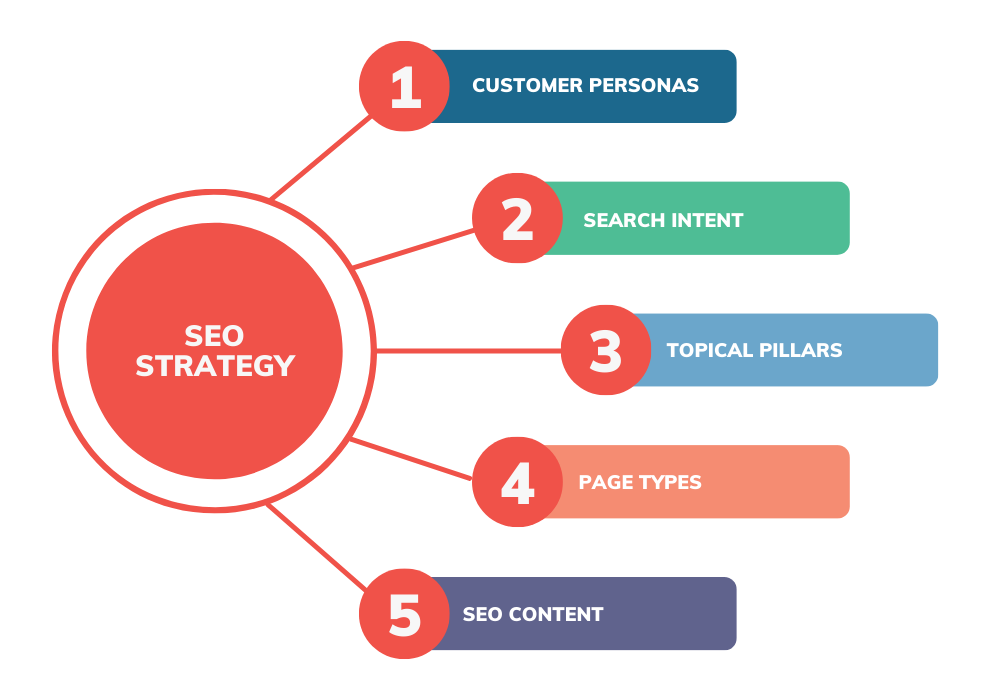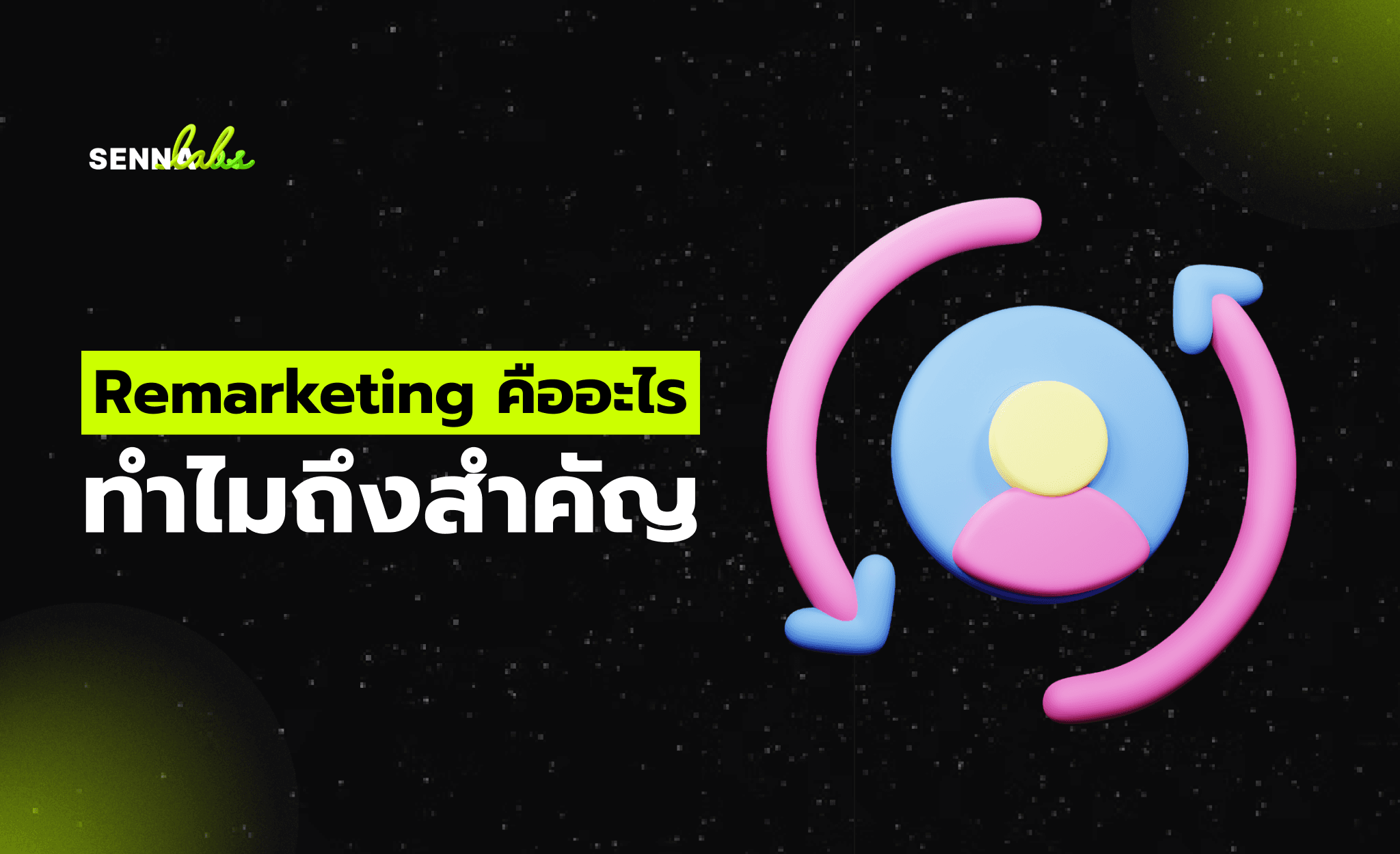A Complete SEO Strategy: Blending Technical and On-Page SEO

When it comes to search engine optimization, there’s often a divide—technical SEO lives with developers, while on-page SEO stays with content teams. But in reality, successful SEO requires both sides to work together. If the technical side isn't optimized, great content may never be discovered. And if the content isn’t well-crafted, no amount of speed or structure will help it rank.
The key to long-term, sustainable SEO success? A strategy that blends technical and on-page SEO—aligning developers and content creators toward shared goals.
In this article, we’ll explore what each SEO pillar contributes, how to bridge the gap between teams, and how one tech startup saw their organic sessions triple in six months by doing just that.

The Two Pillars of SEO
1. Technical SEO: Building the Infrastructure
Technical SEO ensures that your website is:
-
Crawlable and indexable by search engines
-
Fast-loading and mobile-friendly
-
Properly structured with clean code
-
Secure with HTTPS
-
Organized with XML sitemaps and robots.txt
In short, technical SEO creates a foundation that makes your website accessible and reliable in the eyes of both users and search engines.
2. On-Page SEO: Optimizing What People See
On-page SEO focuses on:
-
Using keywords strategically in content
-
Crafting clear title tags and meta descriptions
-
Structuring content with headings and internal links
-
Writing content that aligns with search intent
-
Optimizing images, alt text, and overall readability
On-page SEO ensures your pages are useful, engaging, and relevant—so they earn clicks and satisfy search intent.
Why One Without the Other Falls Short
You can have a technically flawless site, but if your content is thin or misaligned with user queries, it won’t rank.
Likewise, your content can be excellent, but if your pages are slow, not mobile-friendly, or not being indexed properly, users may never find them.
A complete SEO strategy treats technical and on-page SEO as interconnected—not independent.
Aligning Dev and Content Teams: Why It’s Crucial
The biggest challenge most companies face is siloed teams. Developers build and maintain the site, while content teams focus on writing and publishing. But when these teams don’t communicate, SEO opportunities are missed.
What happens without alignment:
-
Slow page load times caused by uncompressed media files
-
Important pages blocked in robots.txt or not included in sitemaps
-
Outdated metadata or titles missed during development updates
-
Content published with poor heading structures or no keyword strategy
By working together, both teams can optimize site performance and content quality simultaneously.
Real Use Case: Tech Startup’s SEO Collaboration Pays Off
A growing tech startup noticed their organic traffic was flat despite publishing regular blog content. Upon audit, they found:
-
Poor internal linking between product pages and content
-
Several key blog posts weren’t indexed due to crawl errors
-
Content wasn’t aligned with user search intent
-
Core site speed issues on mobile devices
What they did:
-
Held quarterly SEO alignment meetings between developers and the content team
-
Created a shared SEO checklist that included both technical and content-related tasks
-
Developers worked on improving Core Web Vitals and ensuring clean sitemaps
-
Content writers revised existing articles to improve structure and keyword placement
The result:
-
Organic sessions tripled in just six months
-
Several key blog posts moved from page 2 to the top of page 1
-
Conversion rates from organic traffic increased significantly
How to Build a Unified SEO Strategy
1. Start With a Joint SEO Audit
Bring both dev and content teams together to review:
-
Crawlability and indexation
-
Page speed and mobile performance
-
Keyword alignment and content gaps
-
Internal linking and site architecture
This creates a shared understanding of current strengths and weaknesses.
2. Create a Shared SEO Roadmap
Outline quarterly priorities across both technical and on-page improvements, such as:
-
Fixing crawl errors or broken links
-
Optimizing page titles and descriptions
-
Updating internal linking strategies
-
Improving page speed or mobile UX
Each task should have clear ownership.
3. Use a Common Language
Avoid jargon that creates confusion. Educate both teams about each other’s role in SEO:
-
Writers should understand how page speed and structured data affect rankings.
-
Developers should know why keyword usage and meta data matter.
4. Track Unified Metrics
Monitor results using shared KPIs:
-
Organic traffic and sessions
-
Average ranking positions
-
Index coverage in Google Search Console
-
Page load times (especially on mobile)
-
Engagement metrics (time on page, bounce rate)
This helps everyone see how their contributions support common SEO goals.
5. Implement a Feedback Loop
Make SEO part of sprint reviews, content calendars, and QA processes. When developers release new features or designs, content teams should assess SEO impact—and vice versa.
Tools That Support Cross-Team SEO
-
Google Search Console – Monitor indexing and site health
-
PageSpeed Insights / Lighthouse – Evaluate technical performance
-
Screaming Frog – Crawl site structure and metadata
-
Surfer SEO / Yoast / Clearscope – Support on-page content optimization
-
Trello / Asana / Jira – Organize SEO tasks across teams
Final Thoughts
SEO isn’t just a task for writers or a job for developers. It’s a team effort that works best when everyone aligns around a shared goal: creating a fast, accessible, and useful website that serves both search engines and real users.
When content teams and developers collaborate, they amplify each other’s impact. Together, they build not just better pages—but better search visibility, better engagement, and better results.
A complete SEO strategy blends the technical with the creative. And when you get that balance right, the rewards go far beyond rankings—they lead to sustained growth.


Subscribe to follow product news, latest in technology, solutions, and updates
Other articles for you



Let’s build digital products that are simply awesome !
We will get back to you within 24 hours!Go to contact us Please tell us your ideas.
Please tell us your ideas.







